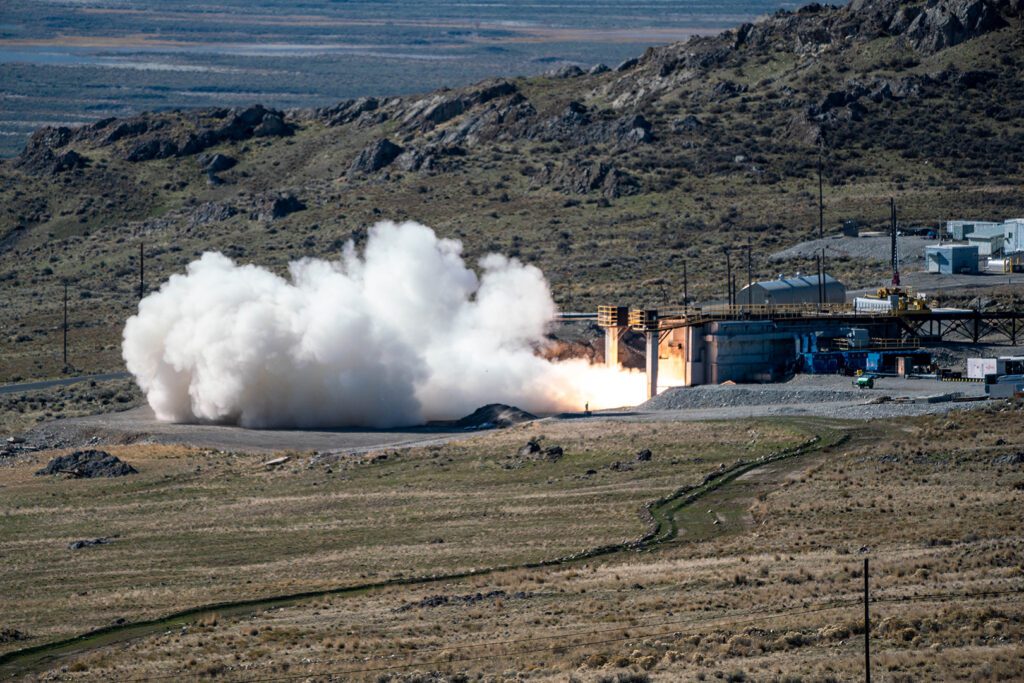
ARLINGTON, Va. — Arming hypersonic weapons with the advanced fuzing needed to give the weapon the desired effects is one of the more significant challenges facing the armaments industry, an industry official said.
Hypersonic fuzing “is a huge physics challenge,” said Charlie Zisette, executive director of the National Armaments Consortium, a trade association of manufacturers of explosives, propellants, materials, fuzing, and other technologies related to armaments.
“Here we’re trying to push the state of the art with fuzing now having to go on the front end of hypersonic weapons, which is a new problem statement for us in terms of the environment that the fuze has to function in … including hard-target penetration,” Zisette told Seapower. “We now can miniaturize things that we weren’t able to do before. Size and volume are critically important because we’ve got to be able to miniaturize and yet still take very significant accelerations that are as high as 10,000 Gs.
“The ability to both miniaturize and harden our electronics will open up an opportunity to do some things that will help the hypersonics, that will help some of these long-range weapon systems that we’re trying to develop to support the warfighter,” he said.
Zisette said “one of the advantages we have today in trying to solve that is we’ve really improved our modeling and simulation capabilities. That’s an important aspect in solving some of these very difficult fuzing problems at high rates of speed and rates of closure, in particular for things like hypersonic fuzing for ground-launched missiles.
“An advantage we have today is people who have entered into our armaments ecosystem that are coming from what I would call a nontraditional defense contractor world who are very capable in computational analysis and modeling and simulation and bringing that to our arena within the armaments sector,” he said. “That has been very beneficial. So, we can do a lot of work before we actually have to get to the bench and start prototyping hardware where we can do a fair amount of advanced design through modelling and simulation.”
The National Armaments Consortium membership includes 950 companies and universities.
- SECNAV Advocates Increased Legal Immigration to Increase Shipbuilder Workforce - April 23, 2024
- Insitu Going Strong at 30, Focusing on Maritime Operations - April 8, 2024
- Navy Awards Boeing Additional Funds for MQ-25 Drones for Testing - April 3, 2024






